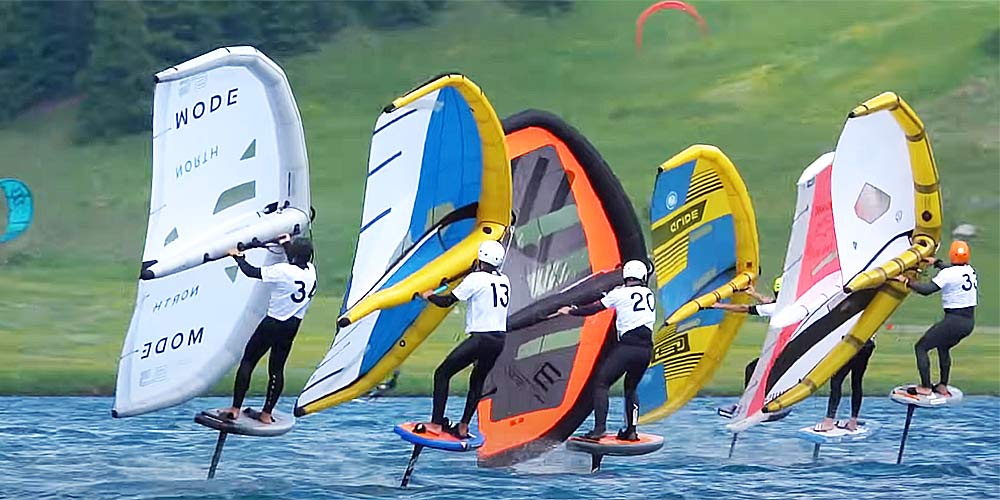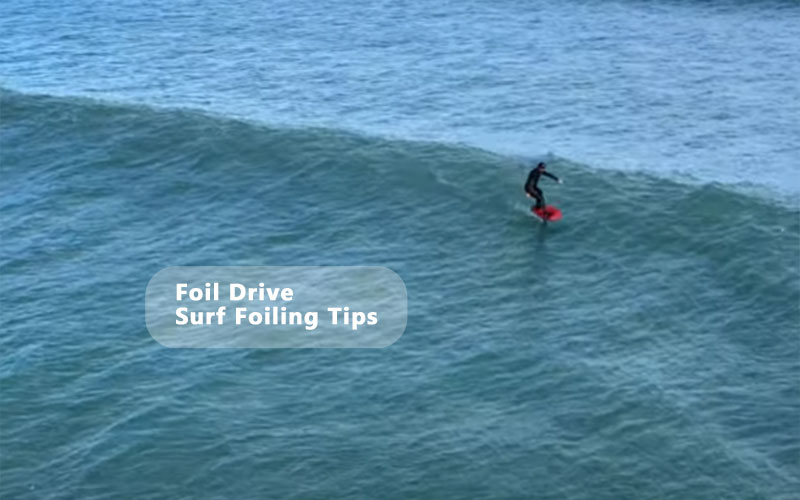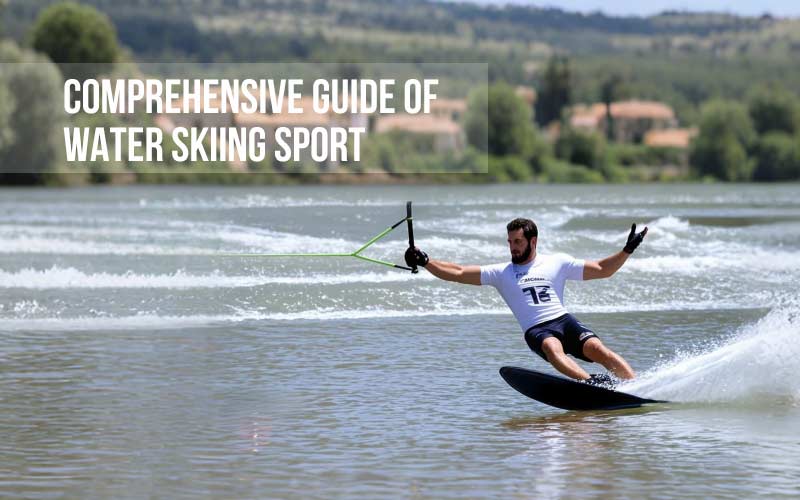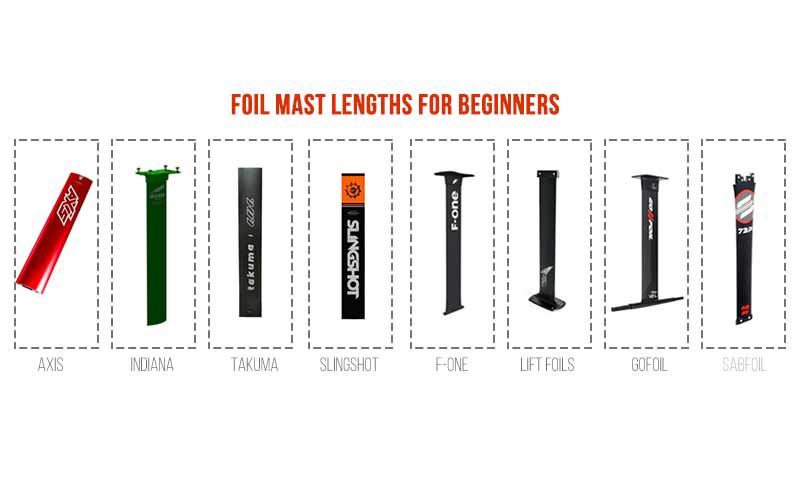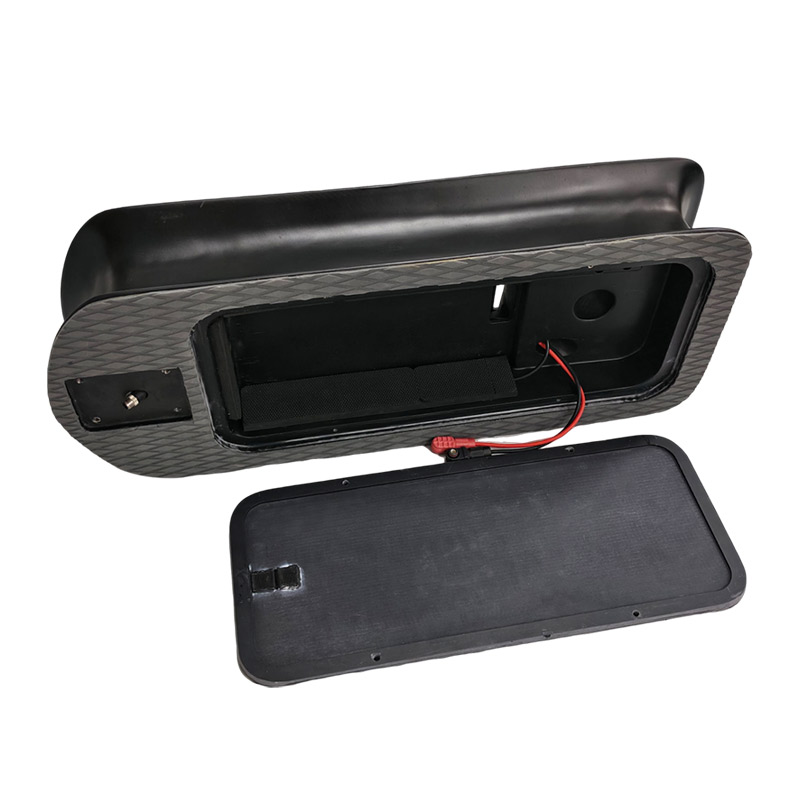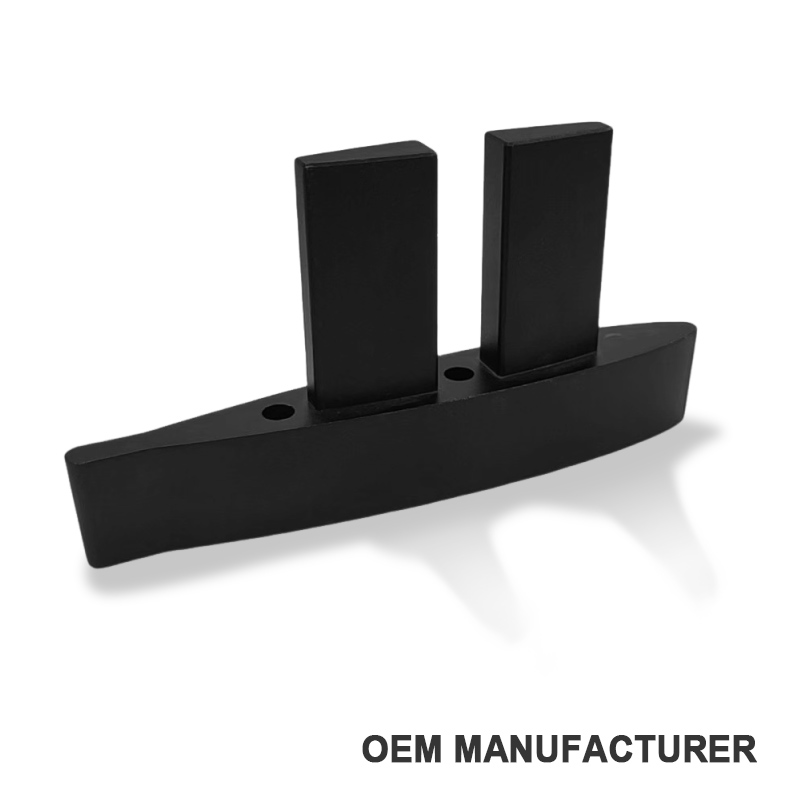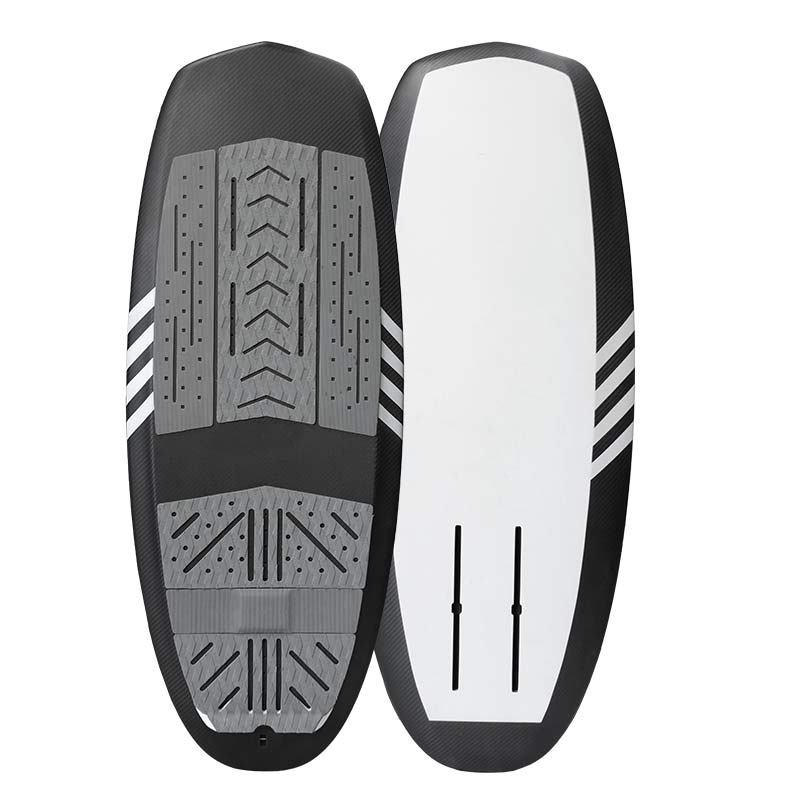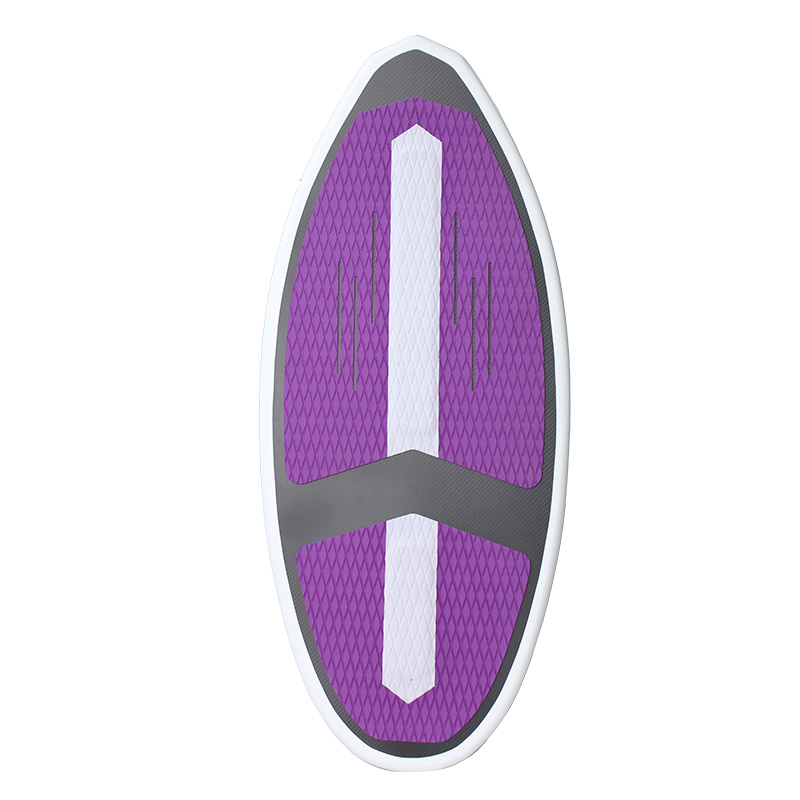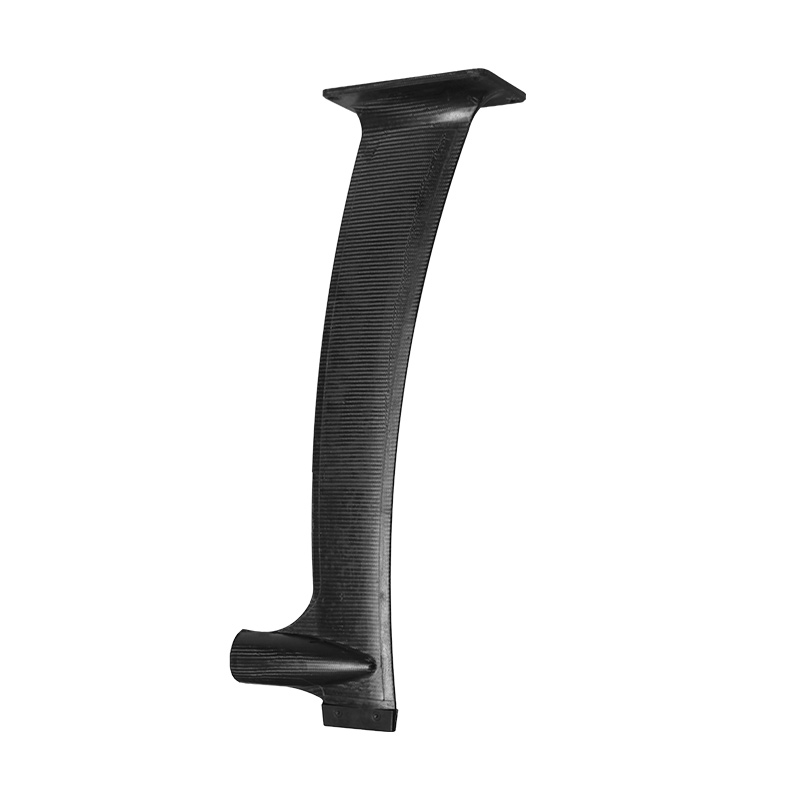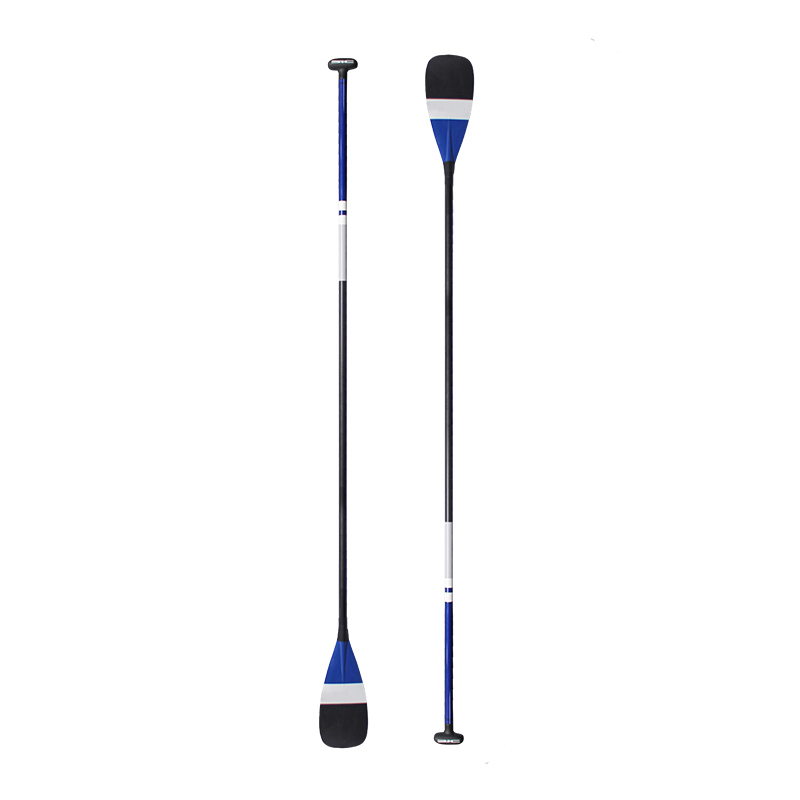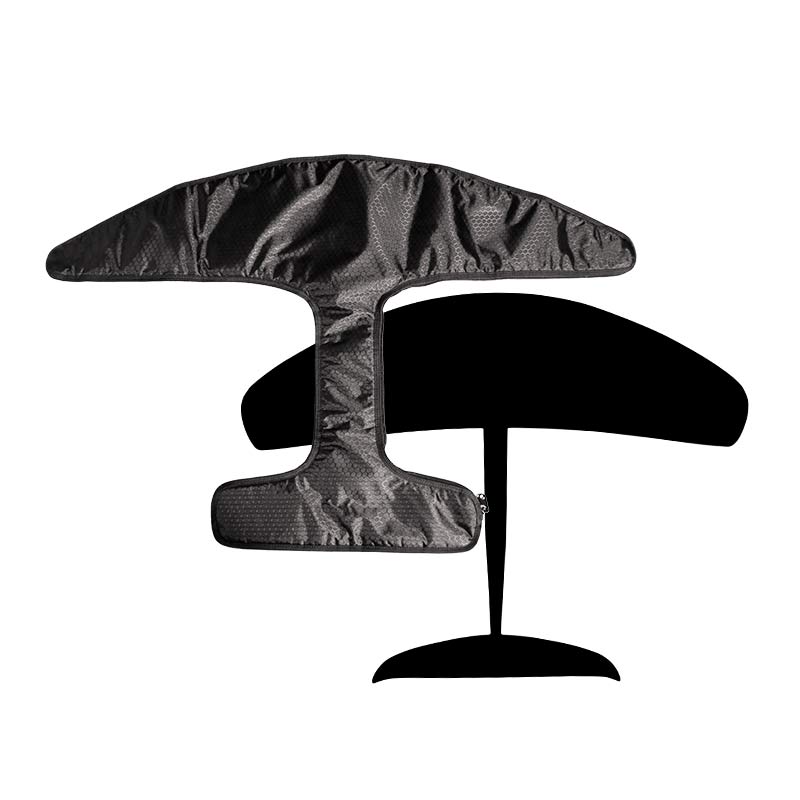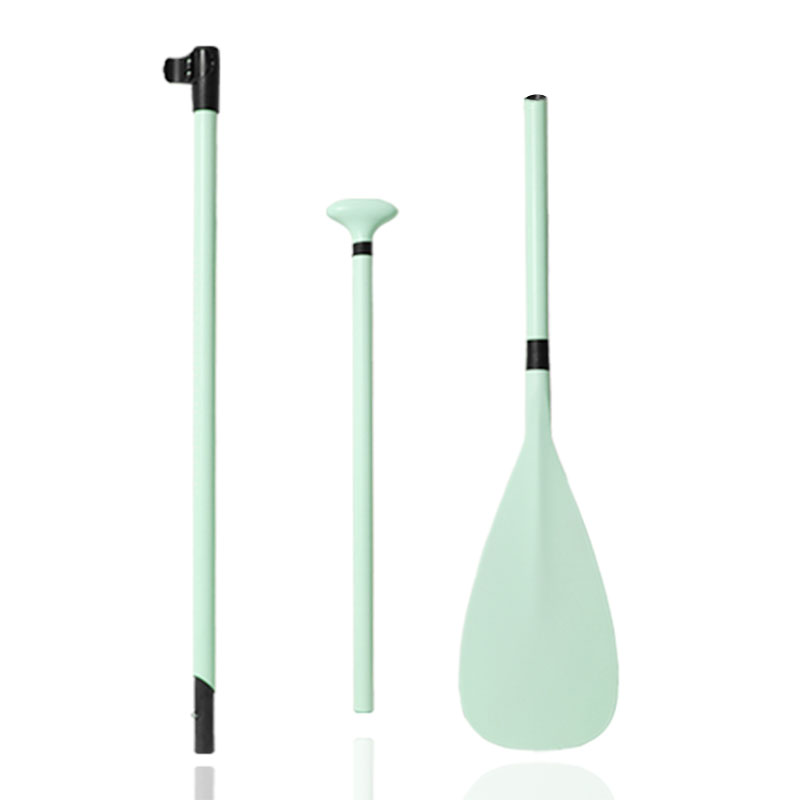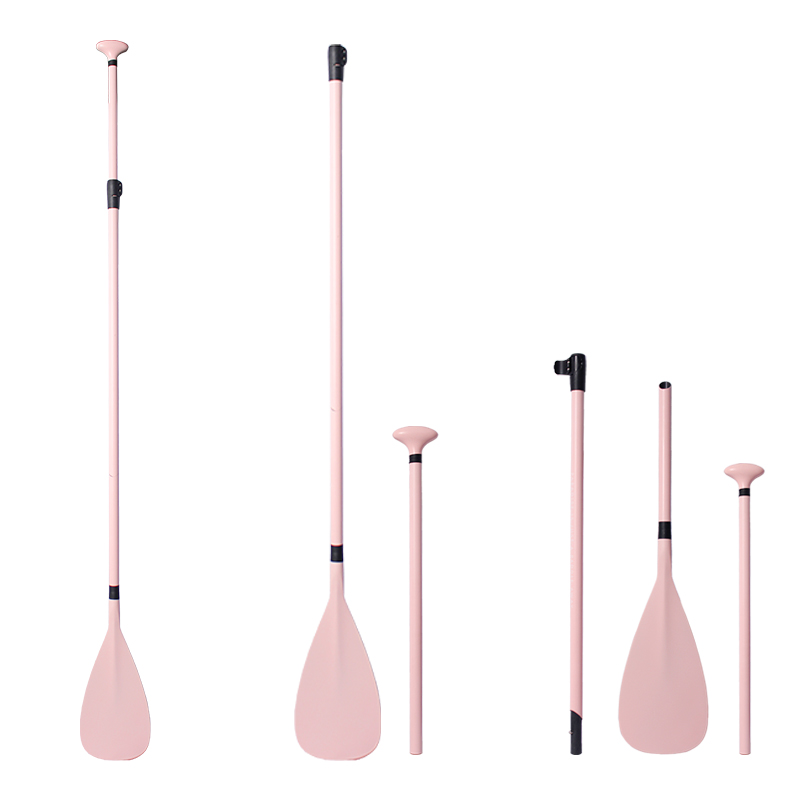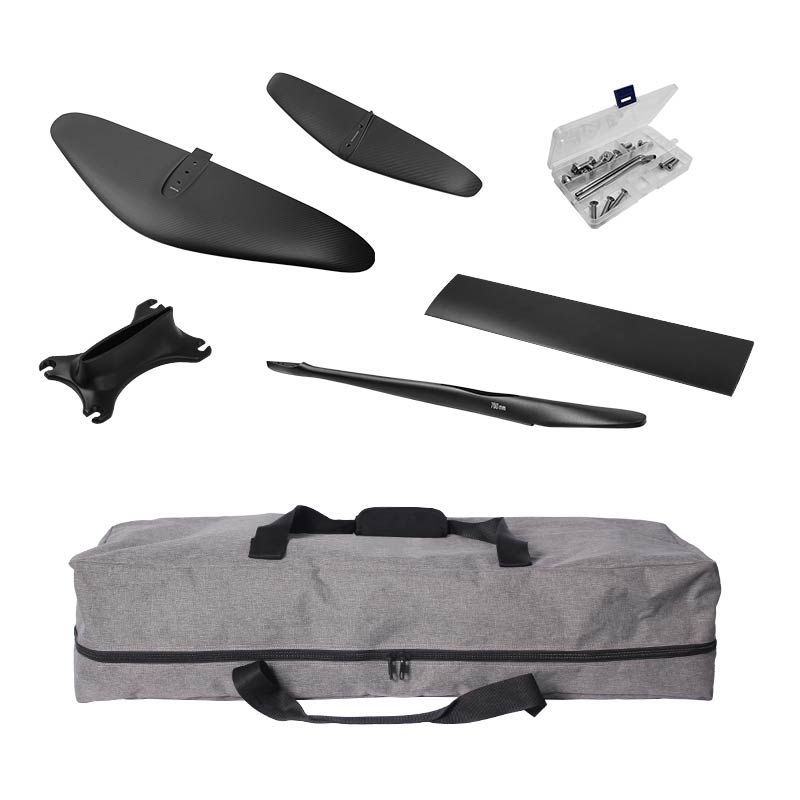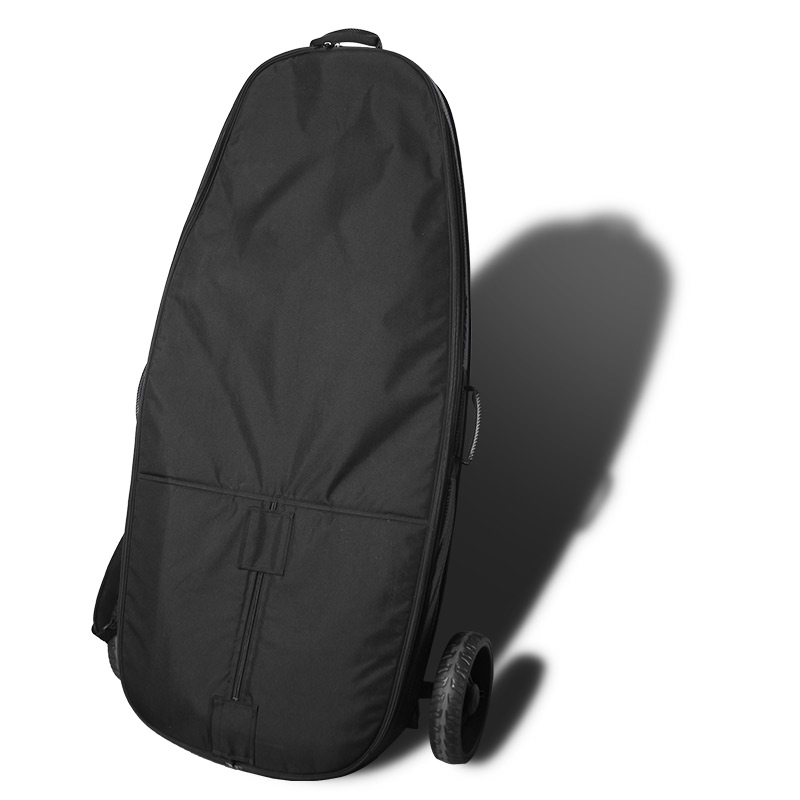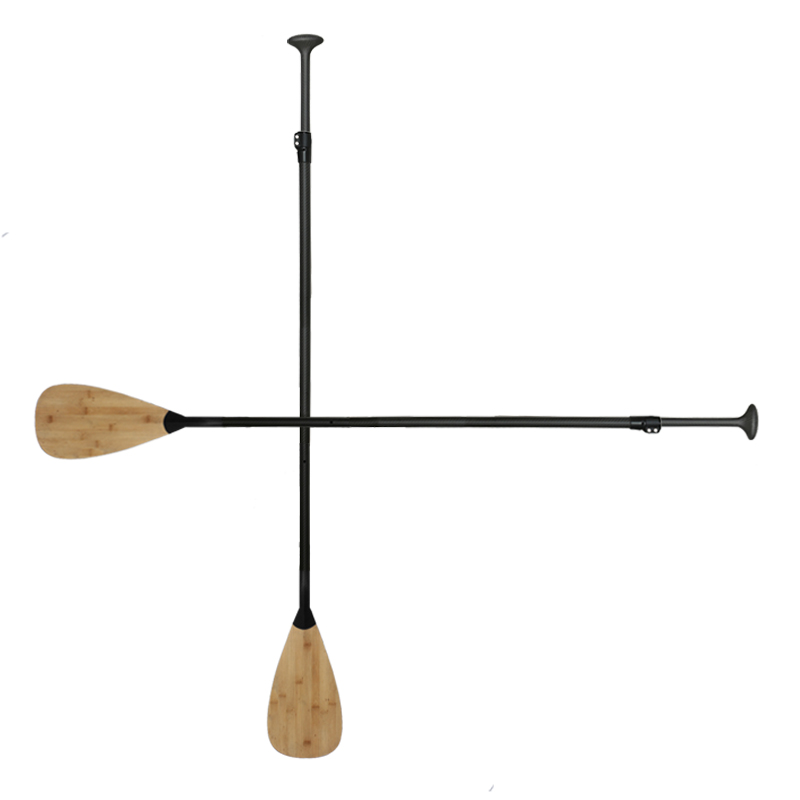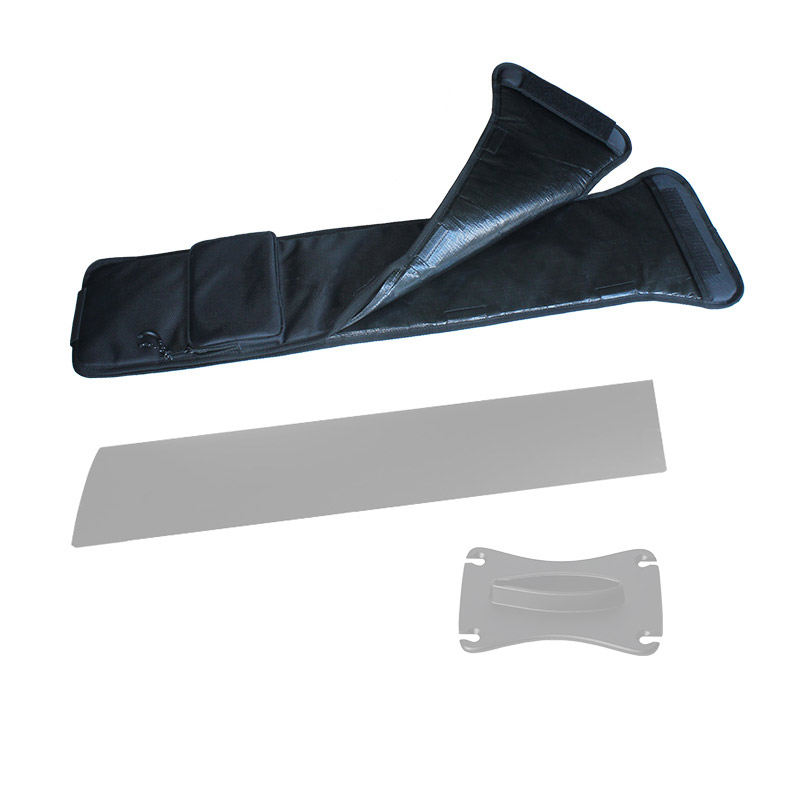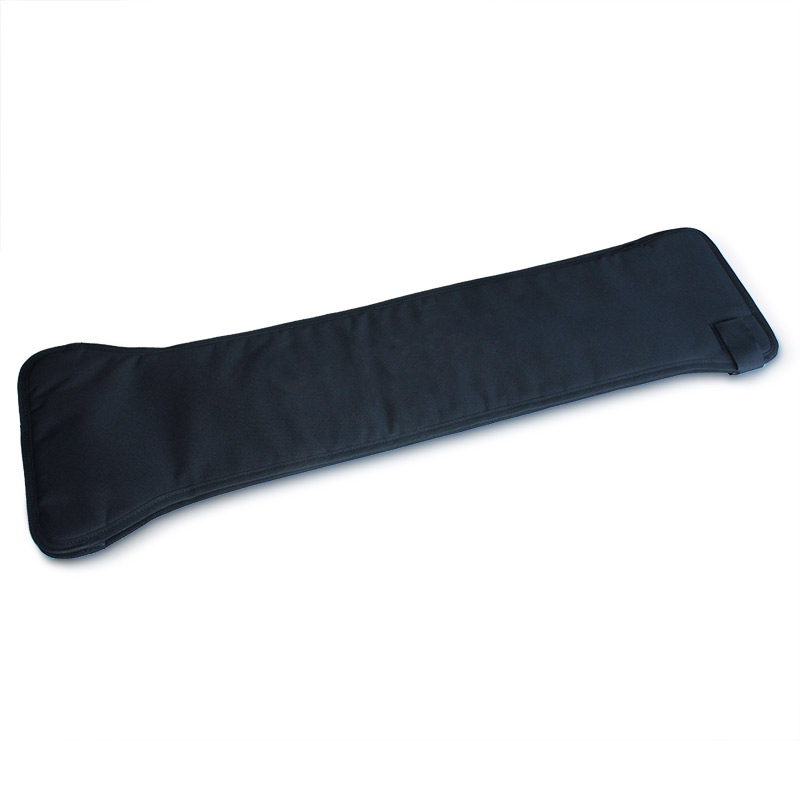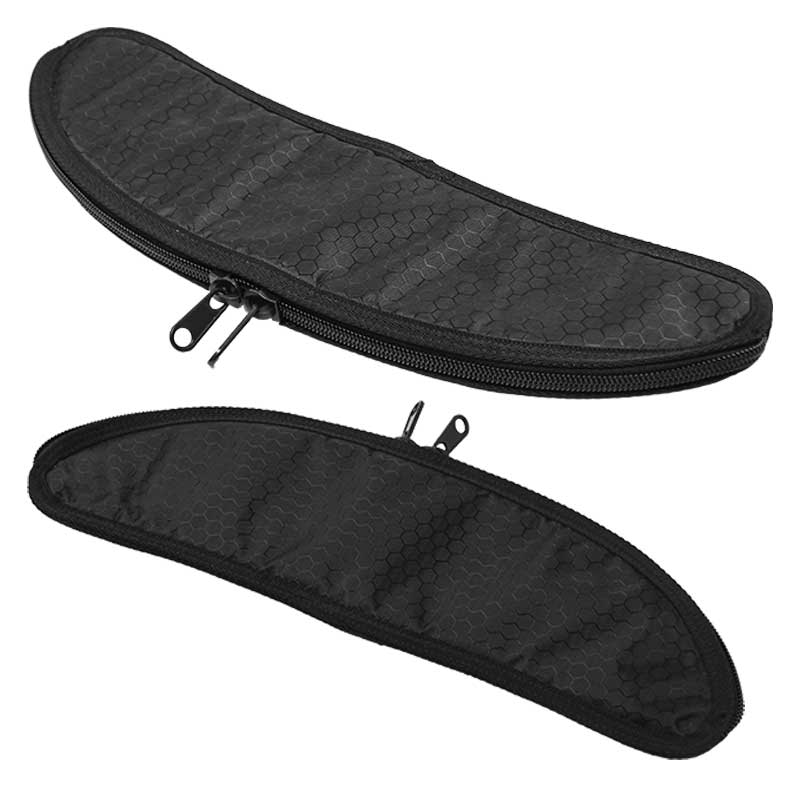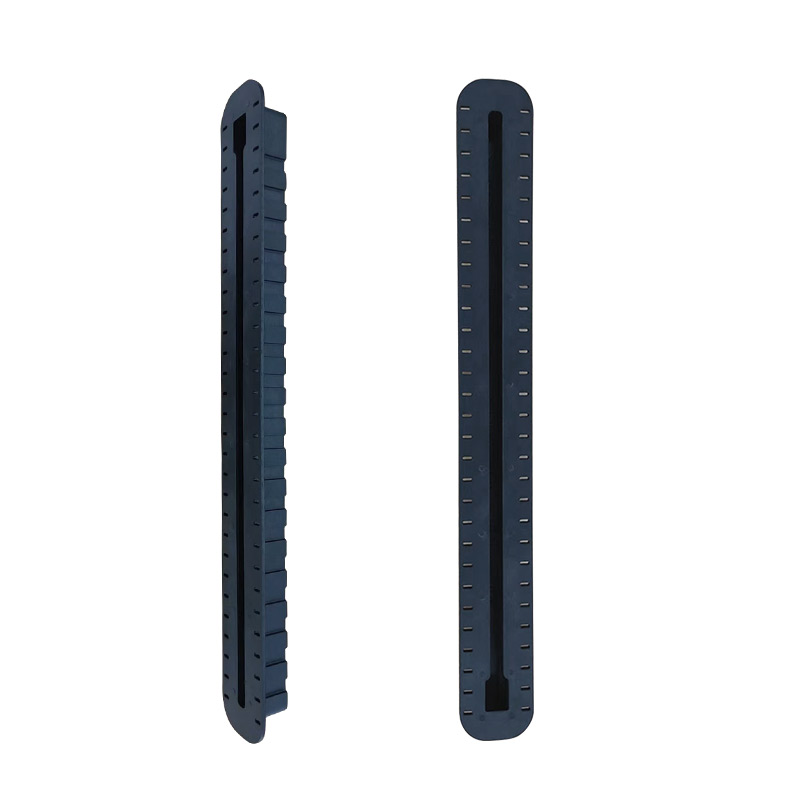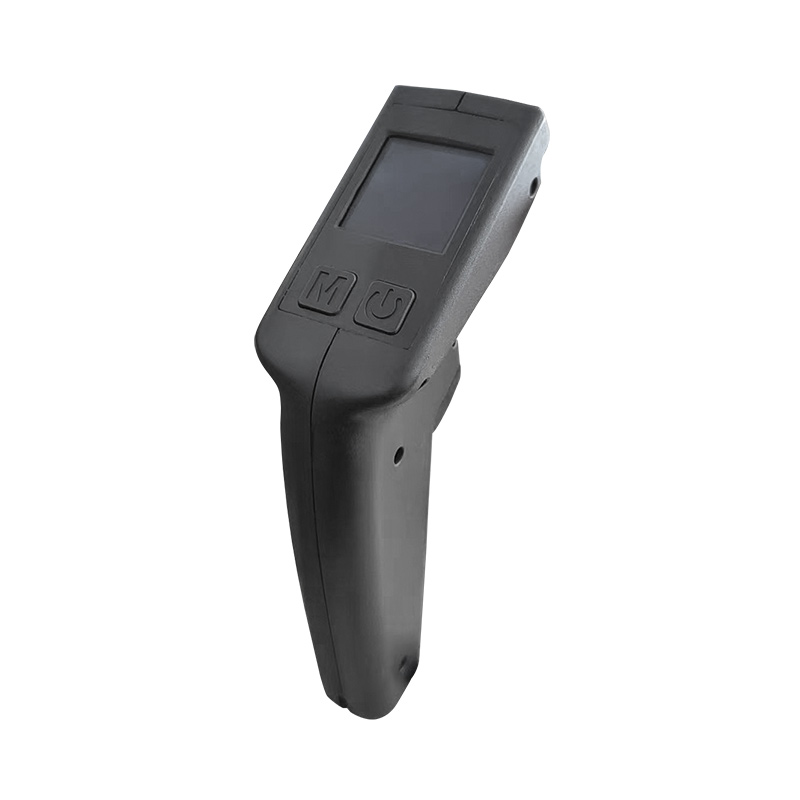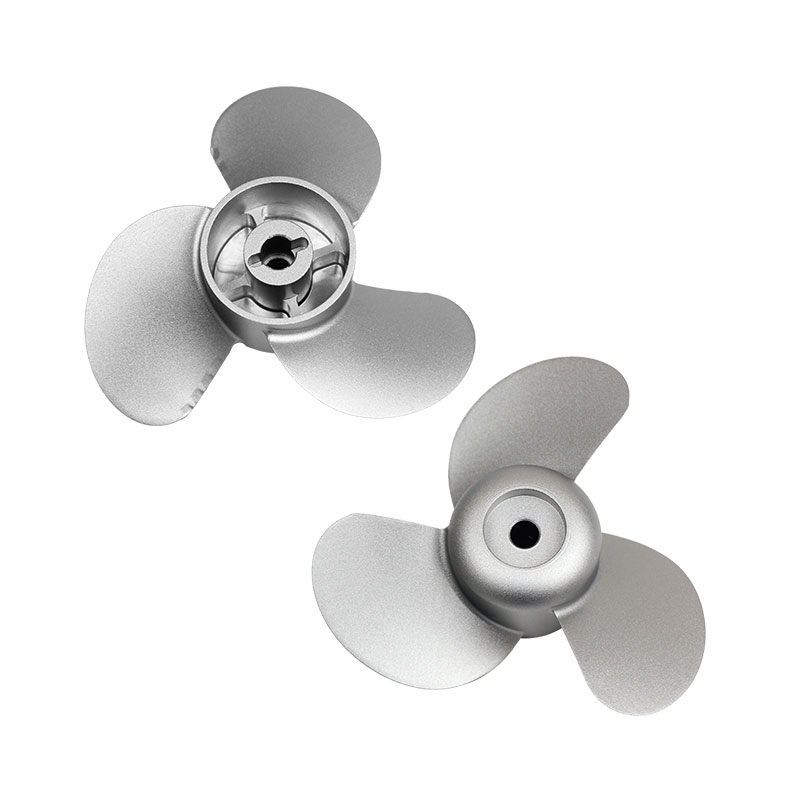Riding a hydrofoil surfboard, or foiling, can be an exciting and challenging experience. Hydrofoil surfboards lift the rider above the water’s surface, providing a smooth and exhilarating ride. Today, we will explain some basic steps for the non-electric hydrofoil surfboard. If you want to know how to ride an electric foil, please click on the link. Thank you.
How To Ride A Hydrofoil Surfboard?

Choose the Suitable Board:
Begin by selecting the appropriate hydrofoil surfboard. These boards typically have a hydrofoil attached to the bottom, which consists of a mast and a wing. The design and size of the board can vary based on your skill level and the type of conditions you’ll be riding in.
Generally, the boards, wings, masts, and other parts also have different types for different surfers. If you are a beginner, you can choose the big wing with a suitable aspect ratio, which will be easy to ride and reduce the time to fall into the water. Welcome to click the link to choose all hydrofoil parts and hydrofoil surfboard.
Safety Gear:
Before you start foiling, ensure you have the necessary safety gear, including a life jacket, helmet, leash, and any other equipment necessary for your specific conditions.
Practice Balancing:
Balancing on a hydrofoil surfboard can be challenging because it’s different from traditional surfing. Spend time practicing your balance on the board while stationary in the water. Try to get a feel for how it responds to your movements.
Practice with the Foil:
Before you attempt to ride waves, practice riding the hydrofoil in calm, flat water. This will help you get a sense of how the foil reacts to your movements and how to control it.
When you’re ready to progress to riding waves, choose a day with small, mellow waves. Foiling in larger surf can be more challenging, so starting in manageable conditions is best.
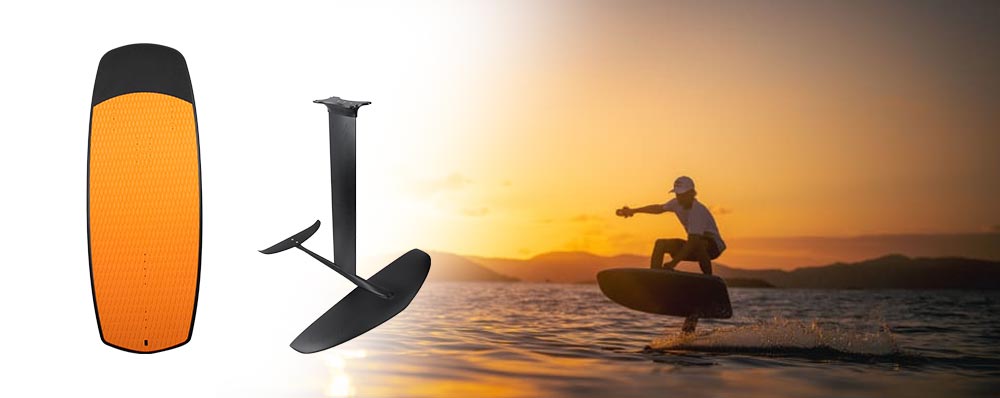
Get on the Foil:
To get on the foil, paddle into a wave just like you would on a regular surfboard. As you catch the wave, shift your weight forward and engage the foil by leaning onto your front foot. This will cause the foil to lift you out of the water.
Balancing and Steering:
Foiling requires constant balance adjustments. Shift your weight slightly to control the height and direction of the foil. Small movements can have a significant impact, so practice making subtle adjustments.
Practice Falling:
Be prepared to fall, especially when you’re learning. Falling from a hydrofoil can be more challenging and potentially dangerous than falling from a regular surfboard. Always fall away from the foil and try to keep your body clear of the mast and wing.
Build Skills Gradually:
Don’t rush the learning process. As with any water sport, foiling takes time to master. Start with the basics and gradually work your way up to more advanced maneuvers as you become more comfortable.
Take Foiling Lessons:
If you’re new to foiling, consider taking lessons from an experienced instructor or find the video on a website like YouTube. They can provide valuable guidance and help you progress more quickly and safely.

All in all, always prioritize safety when riding a hydrofoil. Be aware of other surfers and water users around you, and follow any local regulations or guidelines for foiling.
Remember that hydrofoil surfing can be challenging and may take time to become proficient. Be patient, stay safe, and enjoy the unique sensation of riding above the water’s surface.

